Archives
- 2025-12
- 2025-11
- 2025-10
- 2025-09
- 2025-03
- 2025-02
- 2025-01
- 2024-12
- 2024-11
- 2024-10
- 2024-09
- 2024-08
- 2024-07
- 2024-06
- 2024-05
- 2024-04
- 2024-03
- 2024-02
- 2024-01
- 2023-12
- 2023-11
- 2023-10
- 2023-09
- 2023-08
- 2023-07
- 2023-06
- 2023-05
- 2023-04
- 2023-03
- 2023-02
- 2023-01
- 2022-12
- 2022-11
- 2022-10
- 2022-09
- 2022-08
- 2022-07
- 2022-06
- 2022-05
- 2022-04
- 2022-03
- 2022-02
- 2022-01
- 2021-12
- 2021-11
- 2021-10
- 2021-09
- 2021-08
- 2021-07
- 2021-06
- 2021-05
- 2021-04
- 2021-03
- 2021-02
- 2021-01
- 2020-12
- 2020-11
- 2020-10
- 2020-09
- 2020-08
- 2020-07
- 2020-06
- 2020-05
- 2020-04
- 2020-03
- 2020-02
- 2020-01
- 2019-12
- 2019-11
- 2019-10
- 2019-09
- 2019-08
- 2019-07
- 2019-06
- 2019-05
- 2019-04
- 2018-11
- 2018-10
- 2018-07
-
AR-C155858 br ANTITHROMBOTIC TREATMENTS br VOLUME OUTCOME RE
2019-10-09

ANTITHROMBOTIC TREATMENTS VOLUME-OUTCOME RELATIONSHIP FOR REVASCULARIZATION PROCEDURES The guidelines also maintain the recommendations for training in PCI, both for ACS (≥ 75 procedures per operator in centers with at least 400 PCI procedures per year and a 24-hour on-call service) and for st
-
In another study Nutlin a mediated p activation
2019-10-09

In another study, Nutlin-3a-mediated p53 activation induced strong negative impact on NF-κB signaling in LPS-stimulated neutrophils and macrophages [34]. Nutlin-3a limited cellular immune response to LPS, partly by attenuating DNA binding activity of NF-κB and impairing transcription of its target c
-
Consistent with our previous study Gao et al b
2019-10-09
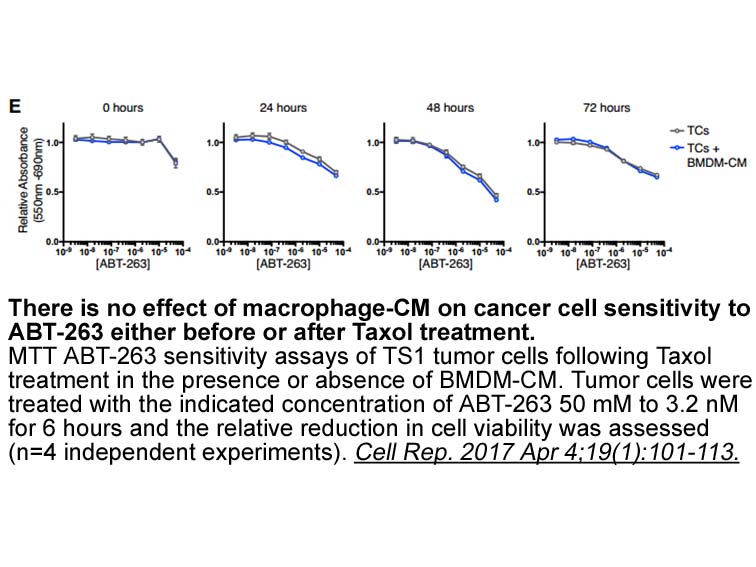
Consistent with our previous study (Gao et al., 2018b; Wu et al., 2018), we found that TCB-2 disrupted both pup preference and home-cage maternal behavior. Based on the findings that 4-h pup Amodiaquine dihydrochloride dihydrate clinical (a technique presumably increases maternal motivation) failed
-
In this study we examined a possible association
2019-10-09

In this study, we examined a possible association between the 19-bp JNJ-7706621 and the 9-bp repeat in the DHFR gene and the risk of spina bifida in 121 mothers of a spina bifida affected child, 292 control women, 109 spina bifida patients and 234 pediatric controls using a case-control design. Fur
-
The identification of a gatekeeper mutation also suggests th
2019-10-09
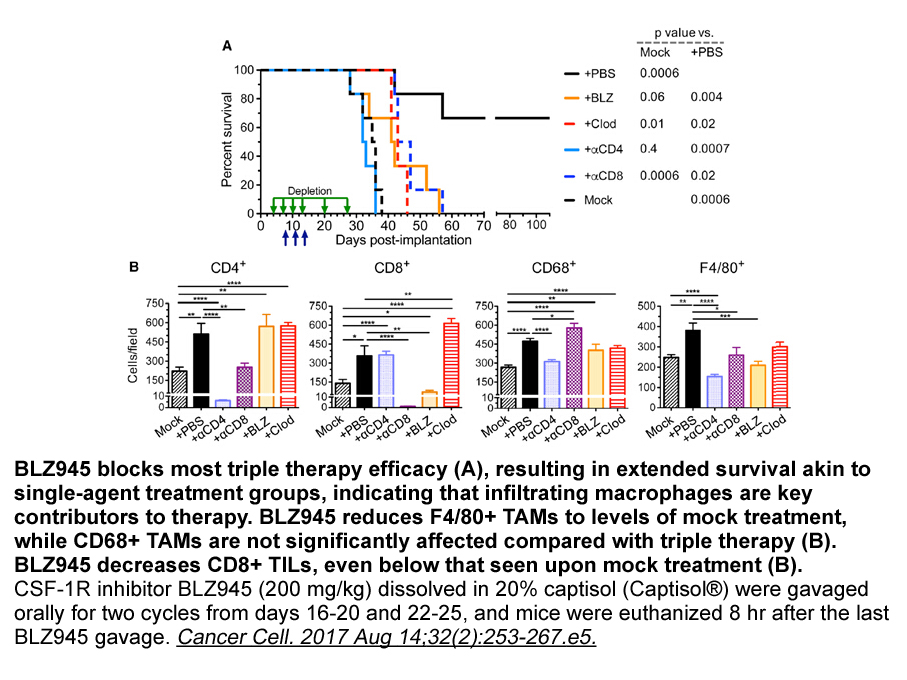
The identification of a gatekeeper EPZ004777 also suggests that alternative DDR2 inhibitors may be required to overcome acquired resistance. Additional DDR2 inhibitors that have been isolated include the recently identified alkaloid natural products discoipyrroles A-D and the chemotherapeutic Actino
-
br Oxidoreductase like MEM for prodrug activation br Future
2019-10-08

Oxidoreductase-like MEM for prodrug activation Future outlook Although MEM-mediated prodrug activation has been performed by different MEMs and prodrugs, and their effectiveness have been proved in vivo, only a few types of MEMs or prodrugs have been explored in prodrug activation until now [2
-
Cyclosporine NEORAL Oral Solution Novartis is an immunosuppr
2019-10-08

Cyclosporine (NEORAL® Oral Solution, Novartis) is an immunosuppressant widely used in organ transplantation and many other clinical conditions [12]. It undergoes extensive hepatic and intestinal biotransformation mainly via the metabolizing enzyme, CYP3A4 [[12], [13], [14], [15]]. Considering the na
-
Pyraclonil Immune Response and Immune Evasion Up to of the
2019-10-08
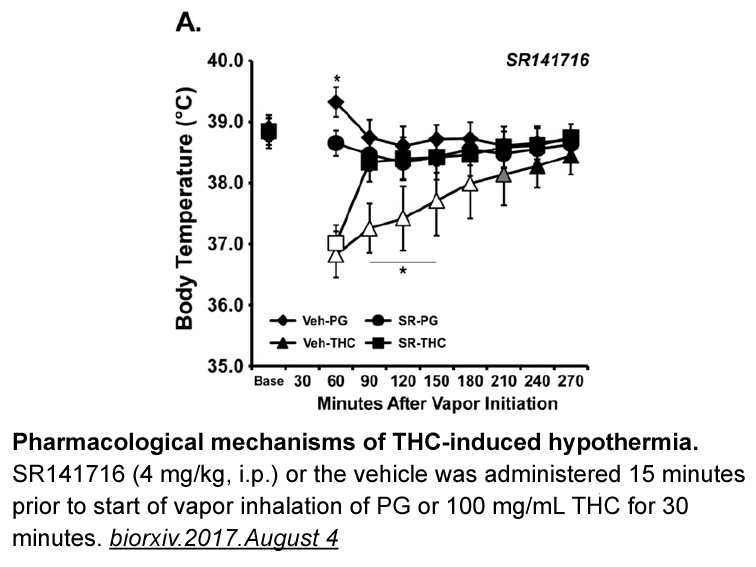
Immune Response and Immune Evasion Up to 10% of the host Pyraclonil are infected with EBV during acute infectious mononucleosis. Most of these cells are effectively cleared by the immune system, but some downregulate viral gene expression and differentiate into safety in the resting memory B cell
-
Accordingly we prepared three compounds and as shown in
2019-10-08
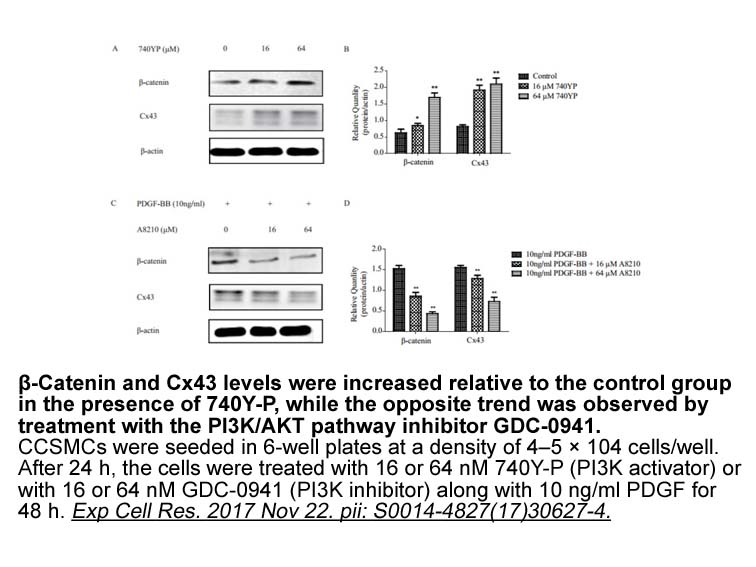
Accordingly, we prepared three compounds (, , and ) as shown in . Condensation of commercially available Memantine hydrochloride with glycine methyl ester gave amide . A Friedel–Crafts reaction between compound and 4-methyl valeryl chloride in the presence of aluminum chloride mainly produced un
-
A potential weakness of the present study is that it
2019-10-08
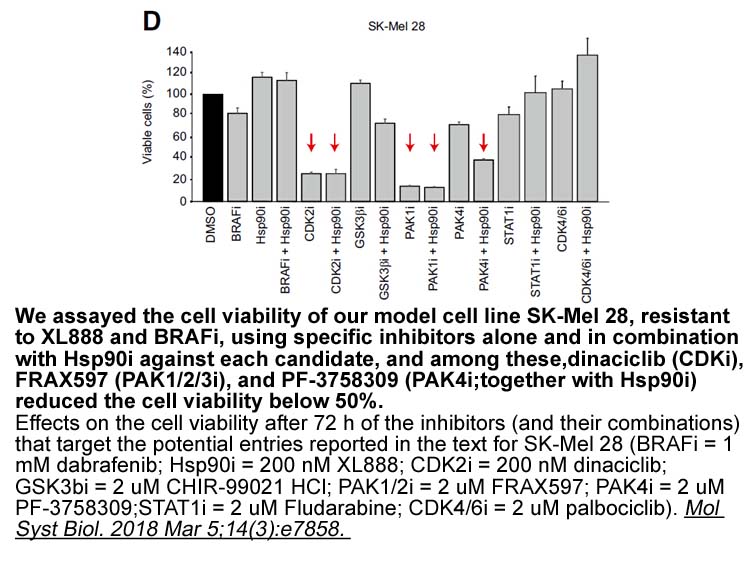
A potential weakness of the present study is that it involved population controls rather than family controls, which are a better way of controlling the effects of population stratification (e.g. ethnic group differences in allele frequencies). On the other hand, general population samples do have t
-
br Conclusions There is significant interest in understandin
2019-10-08
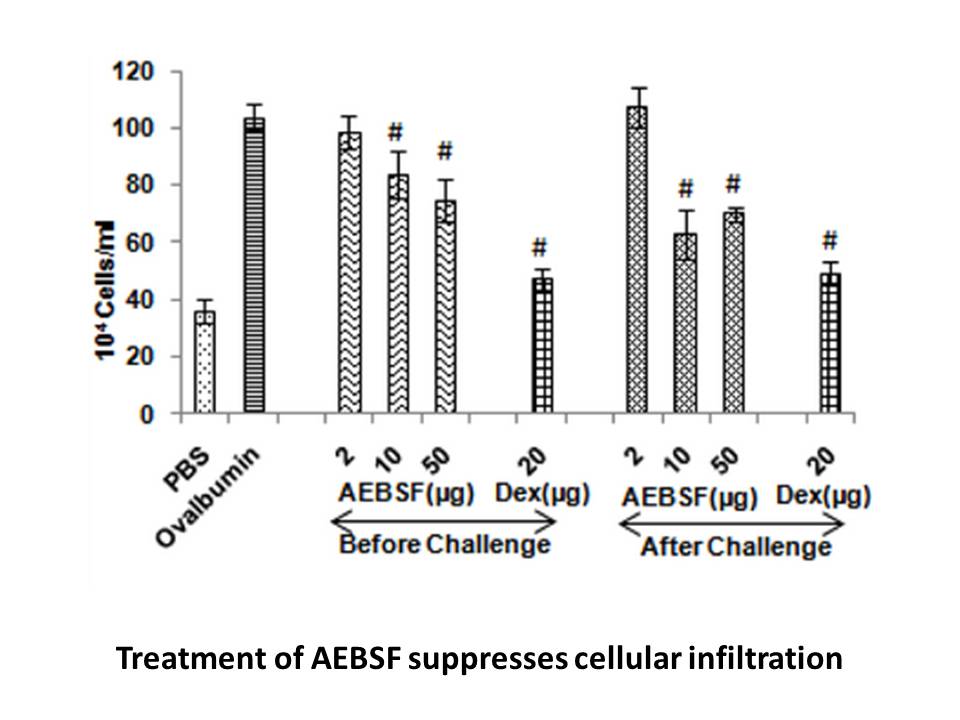
Conclusions There is significant interest in understanding the contribution of biological mechanisms to the non-linear/bilinear dose–response curves for DNA-reactive agents. Model monofunctional alkylating agents have datasets amenable to PoD determination for genotoxic effects in both in vitro a
-
glutamate receptor Cdc which is involved in filopodium
2019-10-08
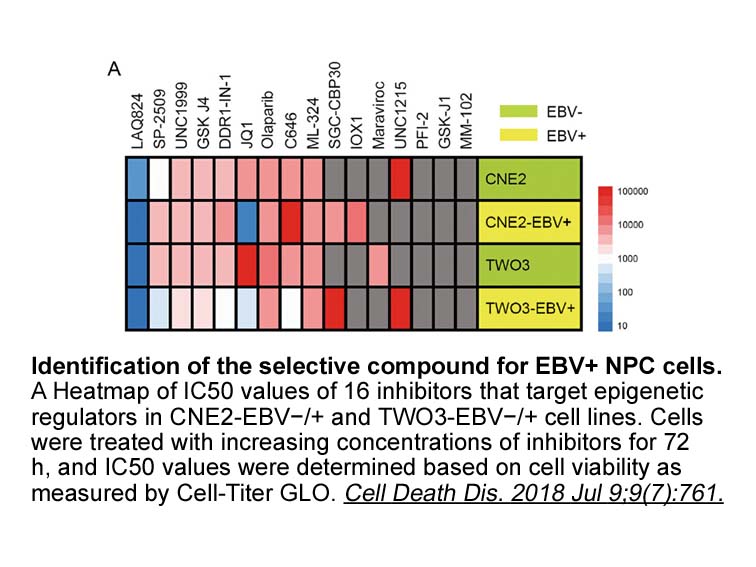
Cdc42, which is involved in filopodium formation, and Rac1, which is involved in lamellipodium formation, engage in cross-talk with one another [25,26,30,31]. In general, filopodium formation precedes lamellipodium formation, and filopodium formation (Cdc42 activity) suppresses lamellipodium formati
-
DGAT is specifically responsible for endogenous
2019-10-08
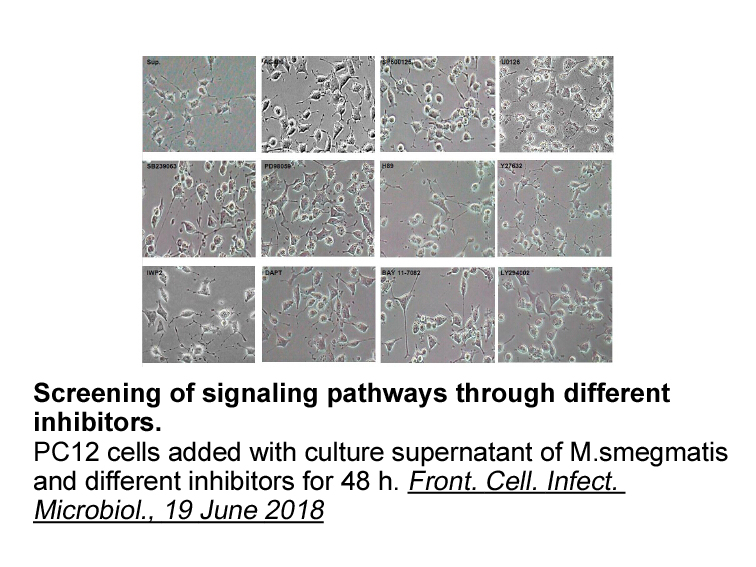
DGAT2 is specifically responsible for endogenous synthesis of TAGs which are then packed into cytosolic LDs in the cytosol for storage and luminal apolipoprotein B (apoB)-containing LDs in the ER lumen destined for VLDL secretion [122,127]. DGAT2 can also synthesize TAG using exogenous FAs and suppo
-
Cysteinyl leukotrienes CysLTs are potent inflammatory mediat
2019-10-08

Cysteinyl leukotrienes (CysLTs) are potent inflammatory mediators closely associated with cerebral ischemic injury. CysLTs induce inflammatory responses mediated by at least two different CysLT receptors (CysLT1R and CysLT2R) (Bäck et al., 2011, Singh et al., 2010). It has been reported that the Cys
-
AQP protein expression was determined by Western blot analys
2019-10-08
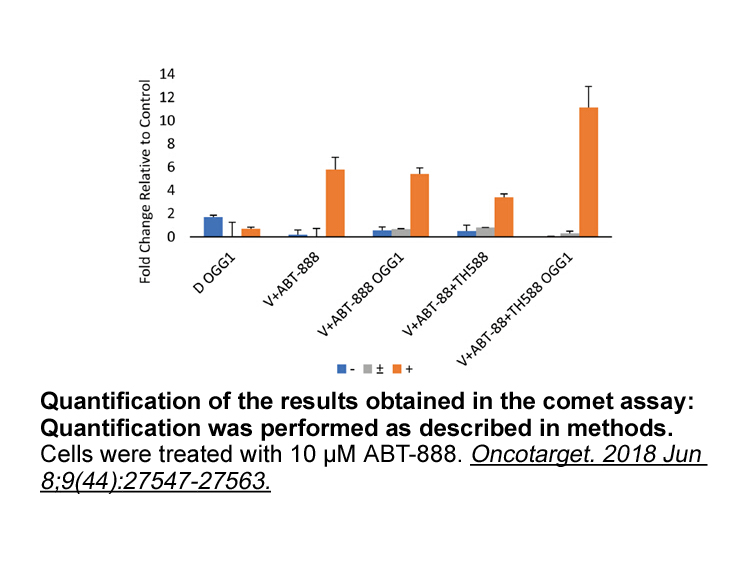
AQP4 protein expression was determined by Western blot analysis. Briefly, protein samples (50μg) from brains or astrocytes were separated by 12% SDS–polyacrylamide gel electrophoresis and transferred to nitrocellulose membranes. The membranes were reacted with a rabbit polyclonal antibody against AQ
15870 records 943/1058 page Previous Next First page 上5页 941942943944945 下5页 Last page